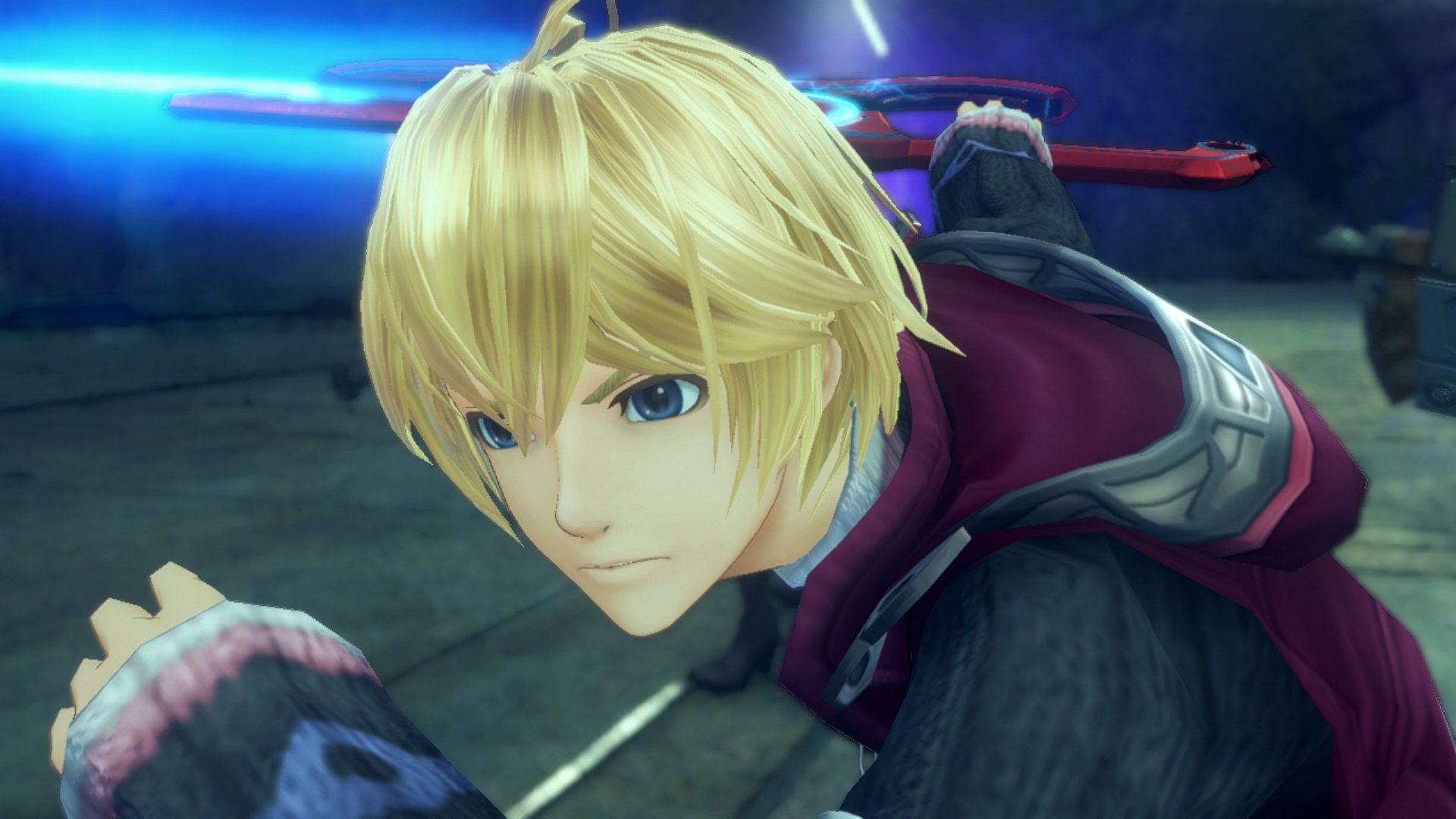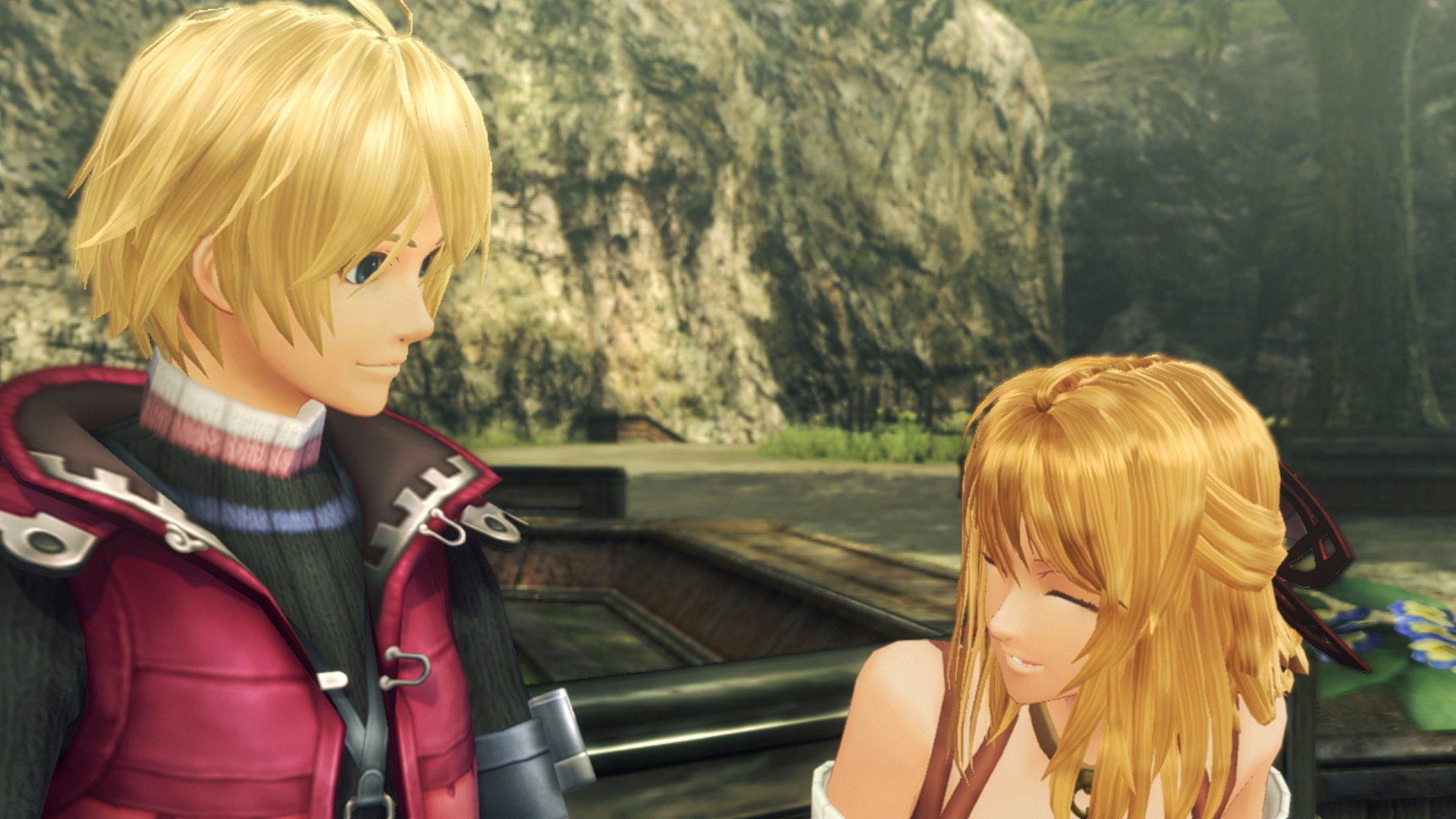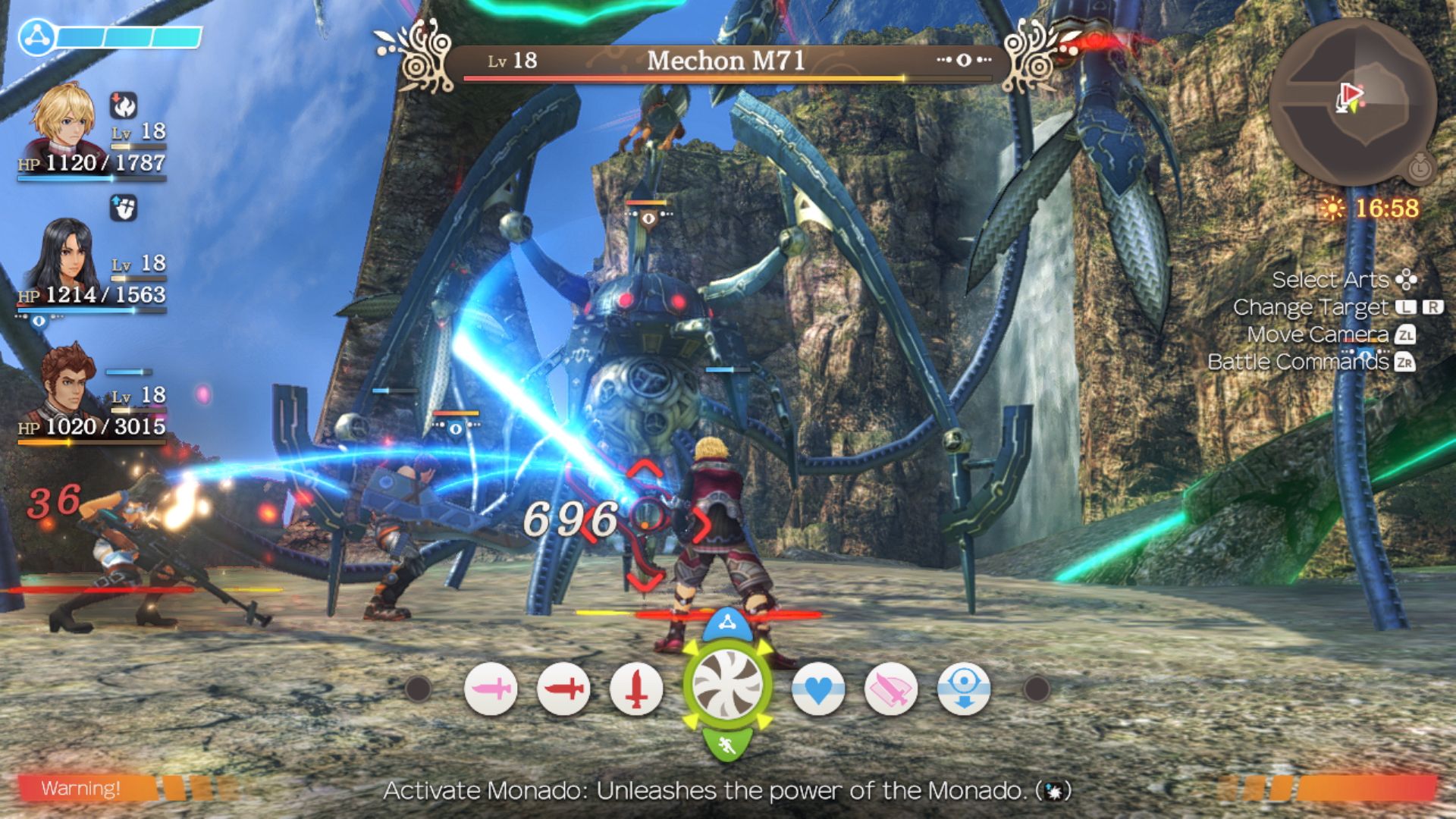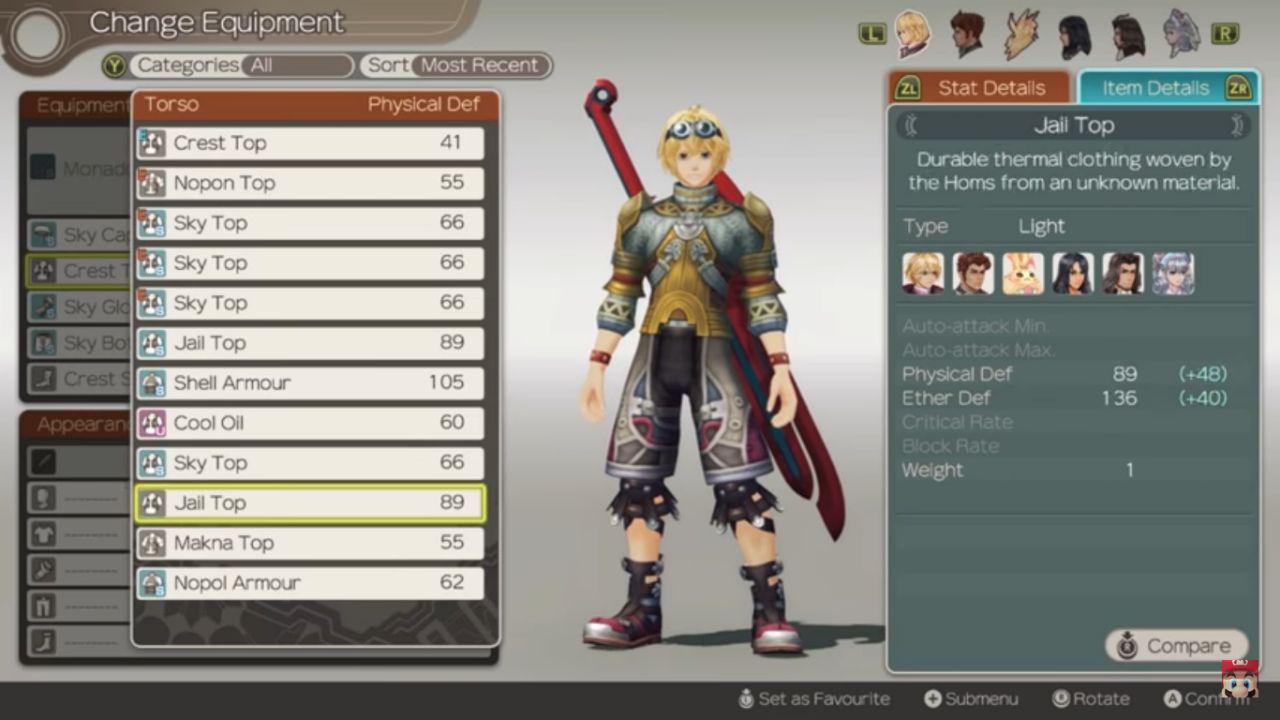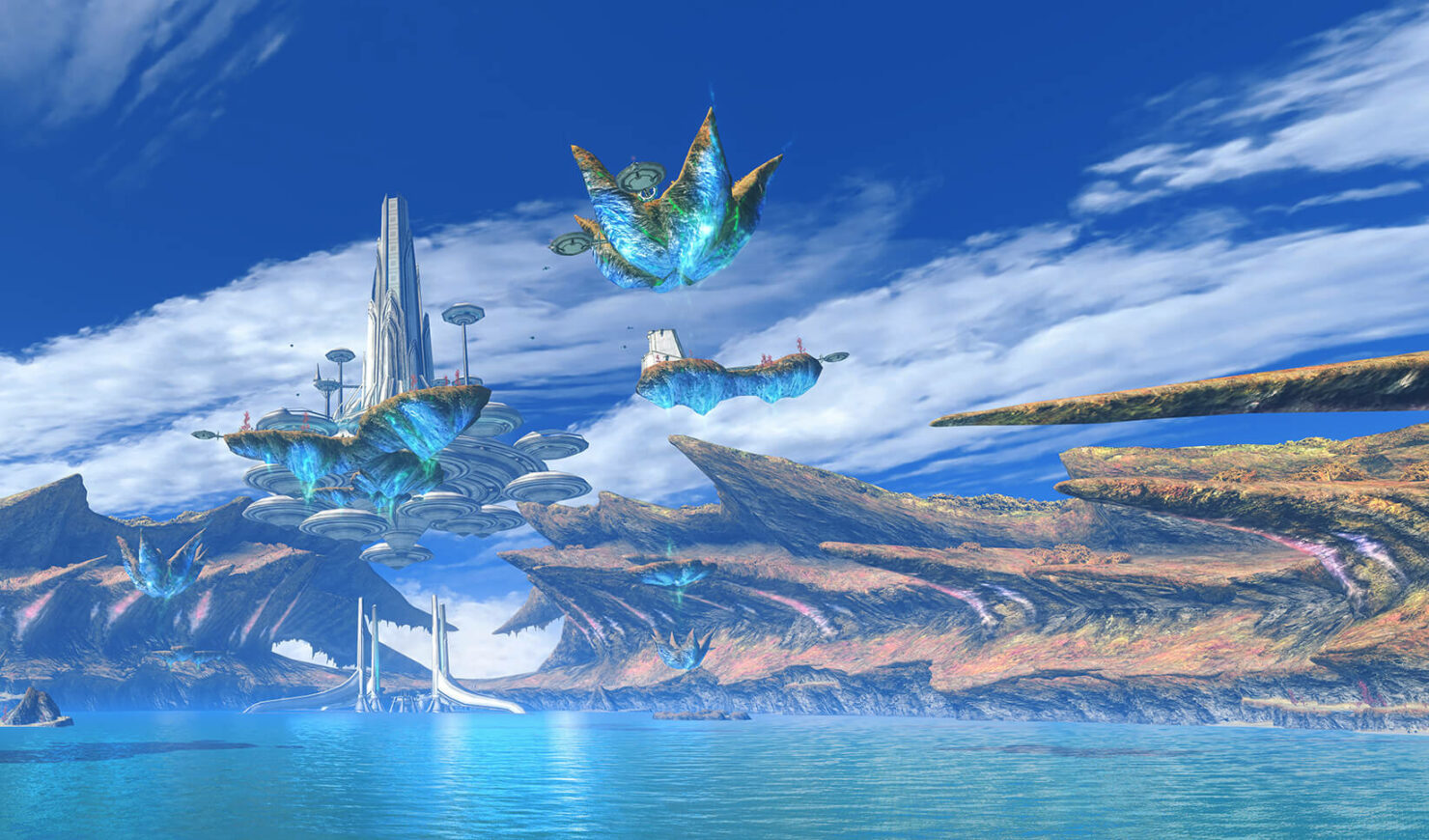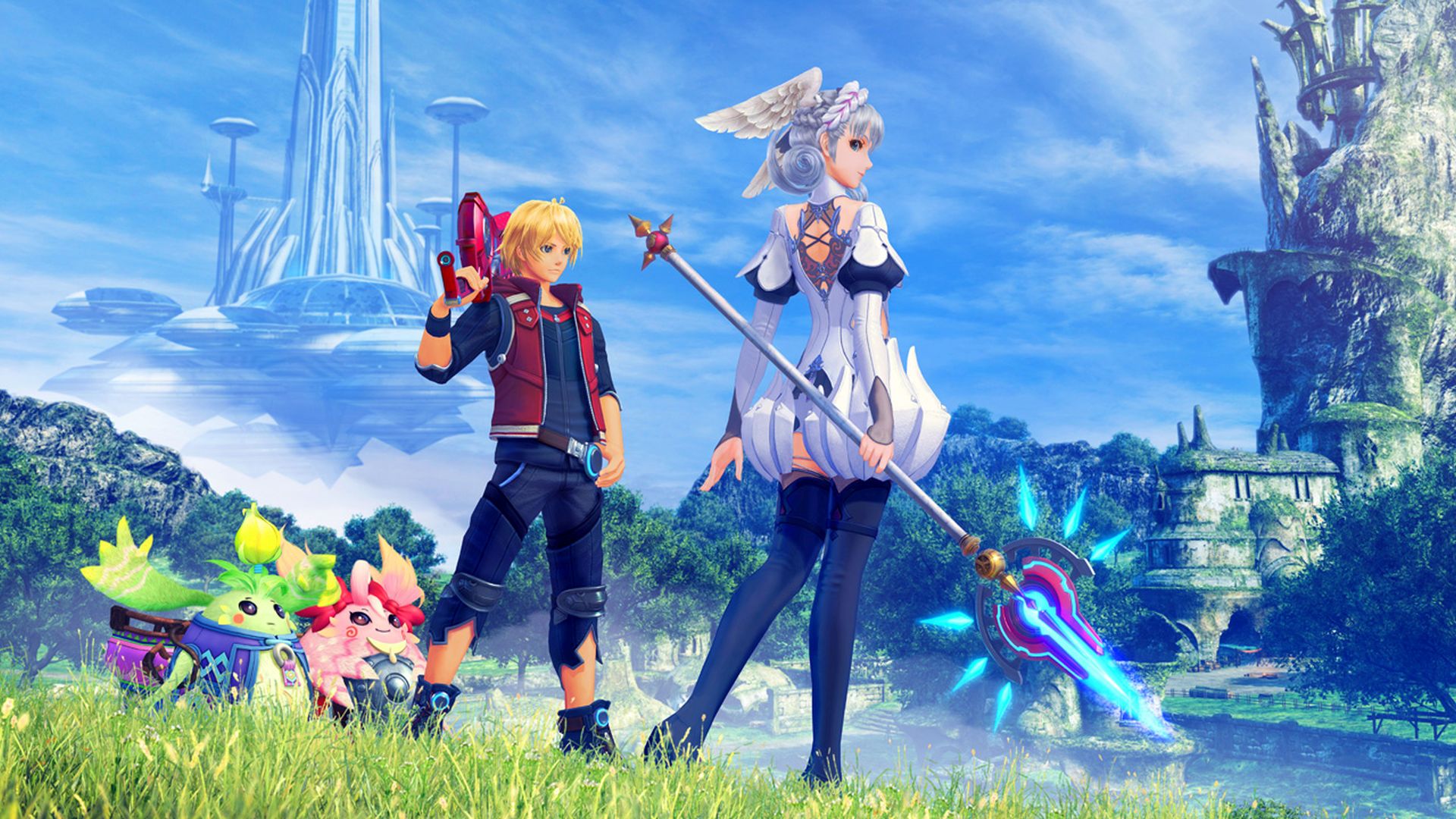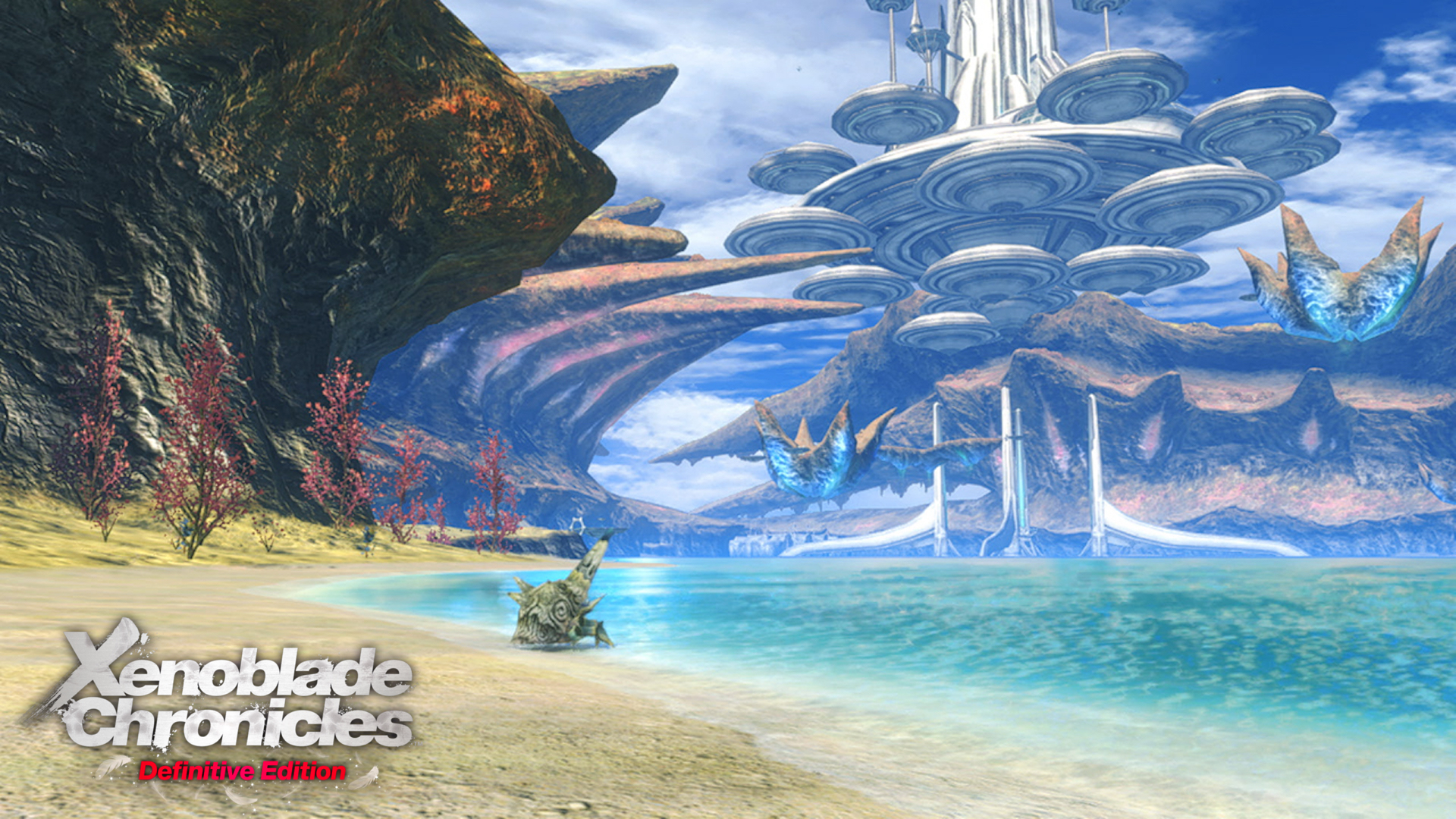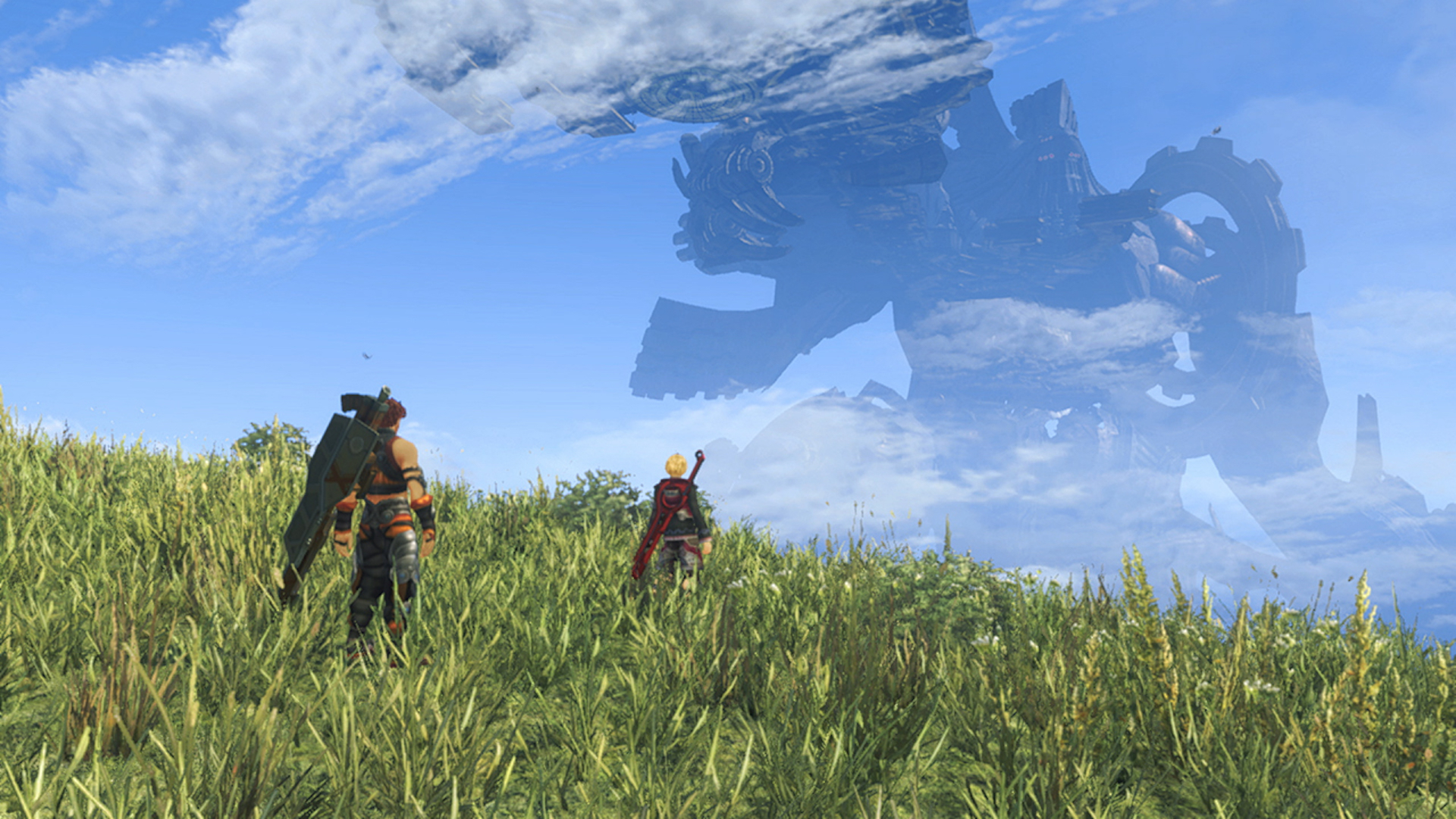
It’s been a long time coming but Xenoblade Chronicles is almost here for the Nintendo Switch, with the Definitive Edition launching on May 29th. Monolith Soft’s classic RPG has been praised since the Wii days but the Switch version packs more than just better graphics. Let’s take a look at 15 things you should know before buying Xenoblade Chronicles: Definitive Edition.
Setting and Characters
The story of Xenoblade Chronicles is far removed from titles in the franchise like Xenogears and Xenosaga. Following a cataclysmic battle between the two Titans, Bionis and Mechonis, their husks have served as homes for their descendants. Organic life, like humans, reside on Bionis while machine life, namely the Machina, reside on Mechonis. The story follows Shulk, a scientist who’s studying the Monado which grants its wielder the ability to see the future. After his home in Colony 9 is attacked, Shulk and his friend Reyn set out for revenge. They encounter other characters along the way like Sharla, a medic and sniper; Melia, a magic user; Riki, the so-called Heropon; and many more as they venture across Bionis and Mechonis.
Arts, Chain Attacks and Visions
Combat in Xenoblade Chronicles can be tough to get a grasp on at first. Taking place in real-time, characters will automatically attack enemies in range – the goal is to keep track of different conditions and determine the right time to use Arts, which can either be Battle Arts available on cooldown or Talent Arts, which become available after a set number of attacks. As you fight, the Party Gauge builds up and lets you unleash chain attacks for tons of damage when completely full. Other aspects like the Tension gauge, which affects critical hit chance, and the aggro ring, which affects how much aggro a party member draws, are also important.
Then there’s the Vision system. Using the Monado, Shulk will see the future including dangerous attacks. In this way, it’s possible to protect a teammate, stop the enemy’s attack or even alert the teammate so that they can use an Art to avoid damage. Though it takes some time to pick up, the combat system is satisfying while packing tons of nuance and strategy.
Affinity System
Another key part of the game is the Affinity system. Along with tracking the Affinity between party members, it also affects how different towns and named NPCs view the party. If you complete side quests and raise the Affinity with a town’s denizens, different story moments will become available. Party Affinity is important since it determines how well different party members will fight together. Providing gifts, partaking in Heart-to-Heart moments (which also provide more story) and battling together is a good way to raise Affinity and ultimately, build more cohesion in your party.
Graphics Overhaul
All of the above should be familiar to fans of the original. The most important thing to note about the remaster, however, is that it’s far from an HD port. The graphics have been highly revamped, from the character models looking way better (and closer to their concept art) to sharper environments and textures. It serves to highlight the fantasy world of Xenoblade all the better, further immersing one in the experience.
Combat UI Improvements
Of course, quality of life improvements are the name of the game here and Xenoblade Chronicles: Definitive Edition has a lot of them. Let’s start with combat, which has a much more streamlined interface and distinctive icons during battles. Given how much there is to keep track of in fights, distinguishing between statuses and damage numbers more easily is always welcome. You also have more screen space to work with thanks to party member icons being less intrusive.
Revamped Interface and Improvements
The interface has seen some very welcome changes, especially when it comes to the menus and inventory systems. The equipment screen is much easier to read and organized better, allowing you to view stat changes and manage multiple items more intuitively. Then there’s the Affinity screen. When tracking your Affinity with different NPCs, you can also see what items can be traded with them and where the NPCs in question can be found, saving you from guesswork and running around.
Updated Controls
An updated control scheme has been stated as one of the improvements in the Definitive Edition though more details have yet to be provided. At the very least, Joycon support is to be expected though whether gyro controls and the like will be supported remains to be seen.
Map Improvements
Along with setting a quest as active and tracking it, the maps in general provide a lot more information and look better. Different symbols will denote different things, like a handshake symbol indicating a Heart-to-Heart moment that you can partake in. You can now see enemies on the map, enlarge it (which should be a boon in handheld mode) and get a much better idea of different paths.
Future Connected
Along with all of the old content receiving a graphical face-lift and other quality of life changes, there will be new story content to experience. Dubbed “Future Connected”, this is essentially an epilogue taking place one year after the events of the base game. Those who want to play the new story immediately can do so since Future Connected is playable from the outset. Not a bad way to cater to veteran players, though it may be worth replaying the base game anyway to see all the graphical changes.
Melia’s Story and New Battle System
The story of Future Connected focuses on Melia Antiqua who teams up with Shulk and two new Nopon to reach the Imperial Capital of Alcamoth. A strange presence has appeared near the city (that’s totally evil, let’s be honest) and it’s up to the duo to discern what’s happening. And though it hasn’t been fully outlined, there’s also a new battle system which utilizes “Nopon reinforcements”. We’ll have to wait for more details on that front.
New Location
Interestingly, there will be a new location to visit – Bionis’ Shoulder. This is essentially content cut from the original game, and was only visible to players via a cutscene. Thanks to the Definitive Edition though, we’ll actually get to visit the Titan’s shoulder and see what secrets lay in wait.
Original and Remastered OST
Much like the graphics, the soundtrack for Xenoblade Chronicles is receiving some big revamps in the Definitive Edition. Give a listen to the day track for Colony 9 which sounds more vibrant while still maintaining the spirit of the original. For those who prefer the original, it will be possible to switch between the two, which is a nice added bit of choice.
Fog Beasts
Along with foes like the Perna Eluca and Grotesque Deimis that can be found on Bionis’ Shoulder, you’ll also encounter Fog Beasts in Future Connected. According to the game’s Japanese site, these new foes are strong, capable of aggroing surrounding enemies and causing them to attack your party. Not much else is known about the Fog Beasts and whether they possess other unique abilities or not but expect other challenges to emerge.
Lacks 3DS Port Features
After the Wii version, there was actually a port for Xenoblade Chronicles on the New Nintendo 3DS, which was pretty good. Unfortunately, it seems that certain features from that release won’t be coming to the Switch. These include the sound test option, model viewer and support for amiibos. Is it a total loss considering everything we’re getting instead? Probably not but we’ll leave that for you to decide.
Length
It’s no secret that the original Wii release was a massive game. HowLongToBeat.com pegs the main story at 68 hours or so but completionists will easily sink over 150 hours (which probably doesn’t even include New Game Plus). With the Definitive Edition adding Future Connected, which means even more content, it’s safe to say that RPG fans will get their money’s worth here.








